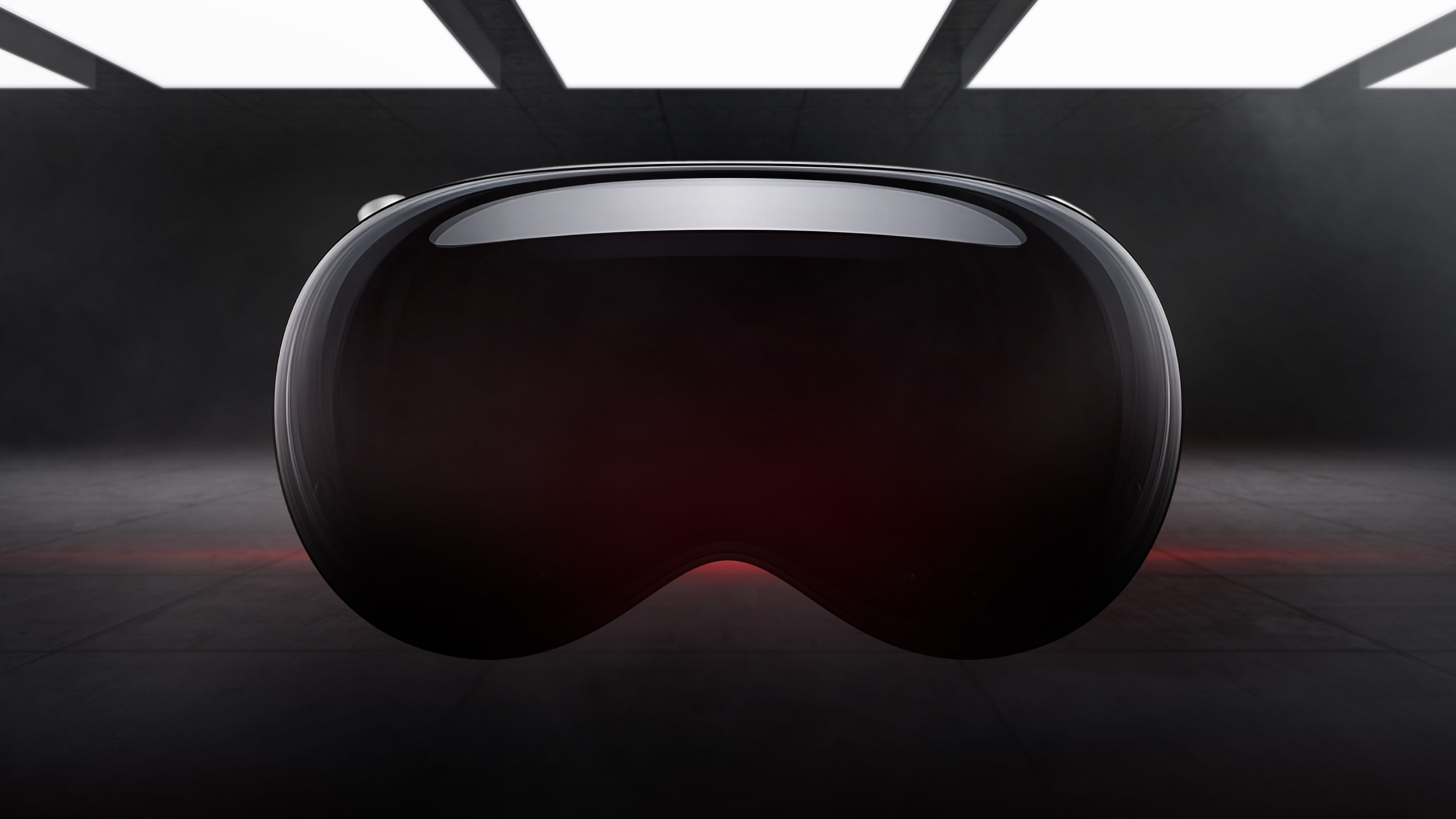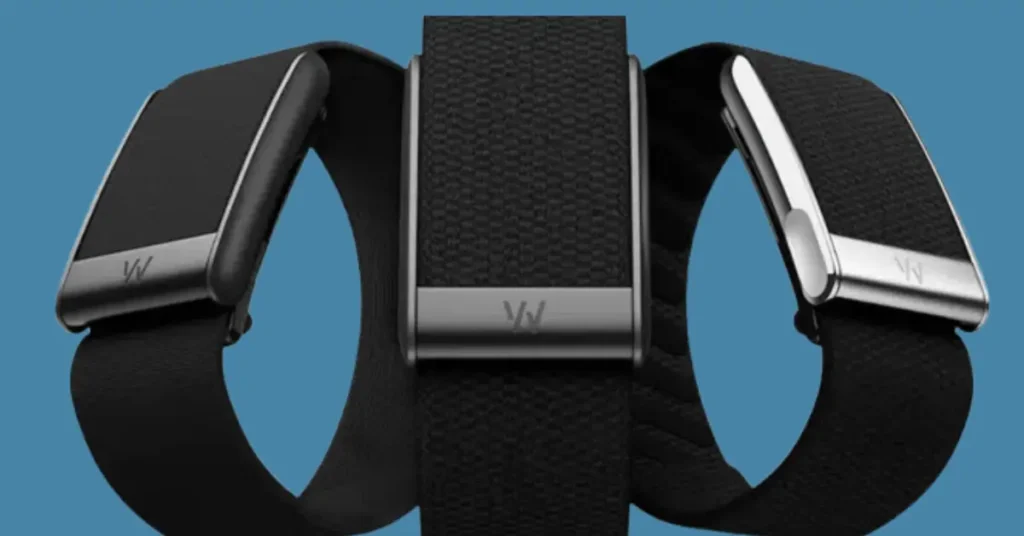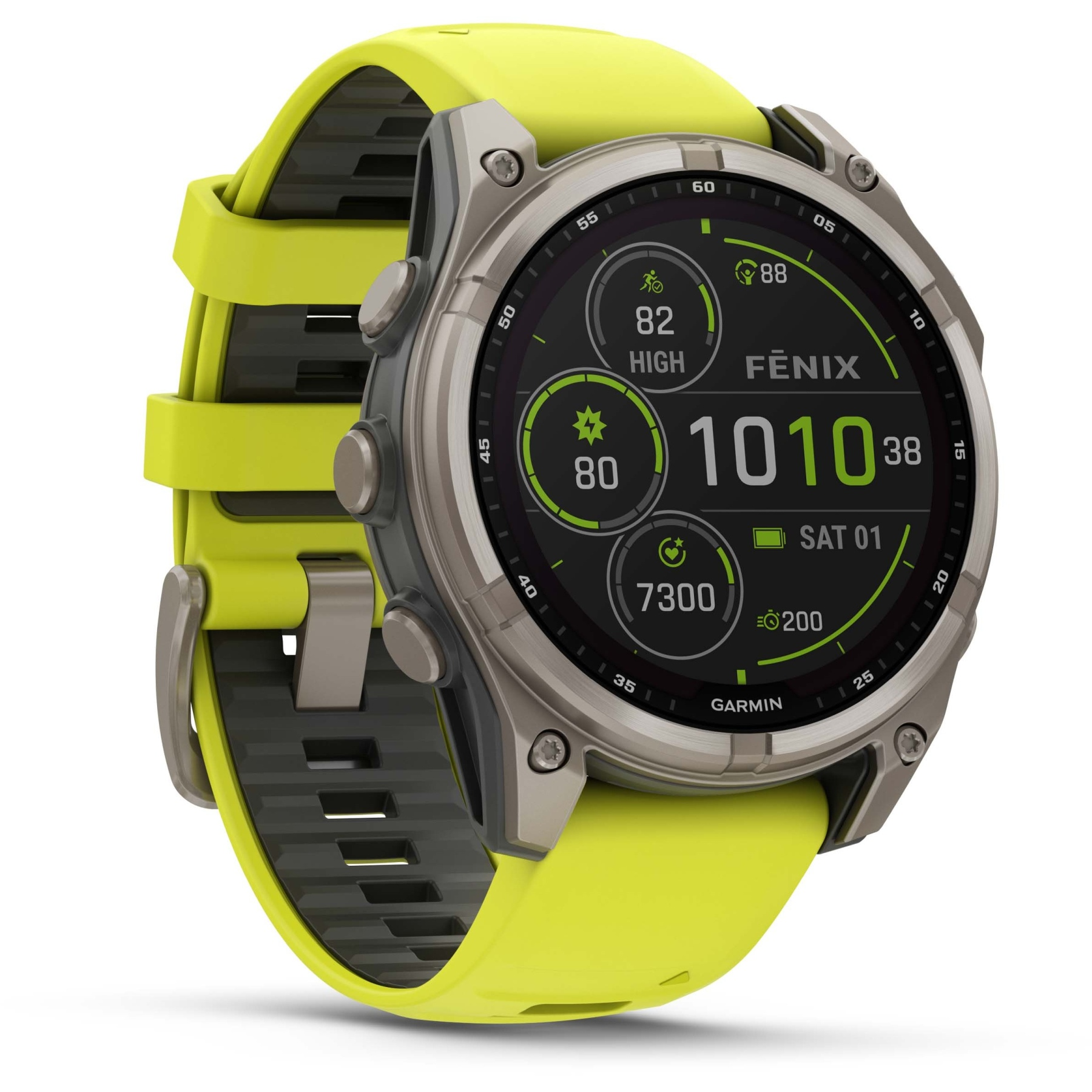Apple Vision Pro: A Deep Dive into visionOS 2 Features

Apple Vision Pro is revolutionizing the landscape of augmented reality with its innovative features and remarkable usability. Priced at $3,500, this cutting-edge headset serves as both a device for immersive experiences and a functional computer. With the impending visionOS 2 updates, users can anticipate improved interface navigation and brand-new gesture controls that enhance overall interaction. Many are eager to explore the Apple Vision Pro review and see how these updates can expand its capabilities, especially given the current limited app ecosystem. As we dive into the world of the Apple AR headset, it’s essential to examine how these advancements will shape future technology and everyday tasks.
The Apple Vision Pro represents a significant leap in wearable technology, often described as an advanced AR headset. This groundbreaking device promises a unique blend of virtual reality and augmented capabilities, aiming to alter how users interact with digital content. While many enthusiasts await comprehensive feedback on the Vision Pro usability, others are increasingly analyzing the features introduced in visionOS 2. These enhancements could redefine what users expect from such technology and lead to a broader landscape of augmented experiences. Exploring the latest Apple headset updates allows us to envision a future where our devices seamlessly integrate into daily life.
Understanding the Apple Vision Pro: A Tech Demo or a Game Changer?
Apple’s Vision Pro, while impressive and innovative, still feels like a tech demo rather than a fully realized product. At a hefty price point of $3,500, many users might wonder if this headset offers enough functionality to justify such an investment. The current visionOS 2 beta introduces new updates and features aimed at improving usability, yet it seems that Apple is still navigating the complexities of augmented reality (AR) technology. As users anticipate a comprehensive review of the headset six months post-launch, it becomes clear that the Vision Pro’s success heavily hinges on its ability to expand usability beyond the current offering.
The conversation surrounding the Apple Vision Pro often revolves around what it lacks—specifically, the rich ecosystem of applications that could truly showcase its potential. Although there are comparisons to other AR devices like the Meta Quest 3, Vision Pro’s unique features and usability enhancements could set it apart if Apple continues to innovate. The anticipation for the full release of visionOS 2 suggests that Apple recognizes these gaps and is working towards making the Vision Pro a device that can engage users for various tasks throughout their day, ensuring that it serves more than just an entertainment portal.
What’s New in visionOS 2 for Apple Headset Users?
The recent updates in visionOS 2 for the Apple Vision Pro have brought about significant improvements in navigation and user interaction. The introduction of gesture-based controls allows users to easily access features and applications, creating a more intuitive experience. By simply opening a hand and tapping the screen, users can engage with the headset in ways that feel both natural and responsive. This new gesture system, which was noticeably absent at launch, exemplifies Apple’s commitment to improving user experience and addressing previous criticisms of the device’s usability.
Additionally, the beta brings features that enhance functionality in a multi-user environment, allowing for quick guest profiles that save configuration settings. This evolution hints at Apple’s intention for the Vision Pro to serve not just as a personal device but also as a shared resource within households. These updates are crucial as they enable a wider range of applications, moving beyond Digital Reality toward productive utility, which could reshape user perceptions of the headset and cement its place in the consumer tech market.
The Impact of Apple AR Headset Updates on Usability
Apple’s recent updates for the Vision Pro suggest transformative improvements to usability in AR environments. Users are now able to rearrange their apps and add non-native applications to their Home View, a strategic move that taps into user customization preferences. Such features are essential not only for enhancing usability but also for allowing users to create a tailored experience that suits their lifestyle. This functionality underscores Apple’s emphasis on enhancing everyday utility, which is vital for driving long-term adoption of the headset.
Moreover, with the inclusion of improved features for spatial photos, Apple is striving to create more engaging experiences that go beyond standard media consumption. The ability to transform ordinary photos into immersive spatial experiences enriches the overall interaction within the Vision Pro ecosystem. As users begin to rediscover their memories through an augmented lens, it becomes evident that Apple is shifting the narrative around the headset from a mere tech curiosity to a valuable companion for everyday life.
Exploring Potential Applications Beyond Entertainment
While much of the initial focus surrounding the Apple Vision Pro has been on its entertainment applications, the true potential lies in integrating the device into daily productivity tasks. Users have started utilizing the headset for browsing, streaming, and even professional communications, showing that this device can serve a multifaceted purpose. As visionOS 2 continues to evolve, it’s likely that Apple’s emphasis on functionality will lead to the development of more comprehensive applications across various domains, enhancing user productivity and engagement.
For instance, integrating existing Apple software with the Vision Pro could radically change how users interact with their devices. Picture editing software or productivity applications could be optimized for AR environments, providing users with an enhanced, immersive experience. This shift would not only position the Vision Pro as a head-mounted computer but also as an essential tool for creative professionals who can benefit from enriched interactive capabilities. It’s here that the Apple Vision Pro could truly redefine its market position, appealing to users beyond the gaming and entertainment sectors.
Facebook vs. Apple: Comparative Features of AR Headsets
The comparison between Apple Vision Pro and other devices like the Meta Quest 3 reveals intrinsic differences in design philosophy and user experience. Apple’s headset boasts superior materials, micro-OLED displays, and unyielding commitment to performance, but it invites scrutiny due to its price point. With updates like gesture-based controls and a more comprehensive app ecosystem, the Vision Pro sets itself apart from competitors, focusing on premium quality over mass appeal. This ‘luxury tech’ approach might limit its market reach but creates a unique selling proposition that appeals to affluent consumers looking for cutting-edge technology.
On the other hand, the Meta Quest 3 may provide a more accessible experience but often lacks the high-end features that Apple has integrated into its offerings. While it may dominate in the social media space with more app options, the Vision Pro aims to capture users interested in a powerful AR headset that emphasizes productivity and immersive experiences. This distinction paints a clear picture of where Apple’s focus is directed—crafting not just a gadget but a sophisticated tool for the modern user.
Feature Performance: The Future of Apple’s AR Experience
Performance remains a critical consideration as Apple continues to develop the Vision Pro. With each update to visionOS, users are eager to see not only improvements in usability but also the overall responsiveness and capabilities of the hardware. As the device serves multipurpose functions, performance gaps can lead to user dissatisfaction, highlighting the importance of maintaining a smooth experience when navigating between tasks—be it browsing, streaming, or working.
Additionally, Apple’s focus on comprehensive testing and user feedback will be pivotal in determining the headset’s future development. Users need assurance that the Vision Pro’s performance will enhance their engagement and that updates will consistently meet their evolving needs. By committing to iterative improvements and taking an adaptive approach to updates, Apple can ensure that the Vision Pro remains relevant and capable of competing with emerging technologies in the AR landscape.
The Road Ahead: Anticipating Future visionOS 2 Updates
As Apple prepares for the future launch of visionOS 2, expectations are building around what features might be included and how they will enhance the functionality of the Vision Pro. Users are particularly interested in the anticipated ability to expand their mirrored Mac displays or enhance the connectivity between their devices. If executed correctly, these features could be transformative, allowing users to maximize the potential of their surroundings and seamlessly integrate their AR experiences.
Moreover, the timing of these updates, potentially coinciding with the launch of other major Apple products, could signify a comprehensive strategic approach to maintaining user engagement across their ecosystem. The seamless interconnectivity between devices is what sets Apple apart, and it remains to be seen how the company will leverage this within the AR space. Exciting possibilities lay ahead as users await not only the release of new features but also an enriched overall vision for the Apple Vision Pro.
Enhancing Daily Life with the Vision Pro: Expectations vs. Reality
Many consumers made ambitious claims about how the Apple Vision Pro would change the way they interact with technology on a daily basis. However, as updates roll out, the reality may slightly differ from initial expectations. While utilities have improved, customers are still learning how to maximize the headset’s potential for daily tasks. The Vision Pro is designed not only for entertainment but for enhancing the overall user experience across a variety of applications, but the limitations of current content offerings can still dampen enthusiasm.
Furthermore, integrating the Vision Pro into everyday routines might require a paradigm shift for users who are accustomed to traditional devices. Adjusting to AR environments takes time, and as Apple refines visionOS, it will be critical to provide users with clear guides on utilizing the headset for tasks often done on other devices. Success lies in creating an environment where users feel empowered to explore the capabilities of their Vision Pro in making their daily routines more productive and enjoyable.
Frequently Asked Questions
What are the key features of Apple Vision Pro and visionOS 2?
Apple Vision Pro, featuring the latest visionOS 2 updates, brings significant enhancements like improved gesture navigation, allowing users to easily open applications with hand movements. The headset’s usability is optimized with new features for a seamless experience, such as rearranged app layouts and conveniently accessing apps that aren’t native to AVP. Spatial photos can now be created from any image, adding depth and interaction to viewing experiences.
How does Apple Vision Pro compare to other AR headsets?
Apple Vision Pro distinguishes itself from competitors like Meta Quest 3 through its intuitive gesture navigation and superior hand-tracking technology. While the Vision Pro may initially seem like a tech demo, its commitment to usability and integration with Apple’s ecosystem positions it as a compelling choice for users looking for a versatile AR headset.
Is Apple Vision Pro worth the $3,500 price tag?
Determining whether Apple Vision Pro is worth its $3,500 price depends on the user’s needs. The headset excels in spatial computing and provides a unique AR experience, especially with features introduced in visionOS 2. However, for those seeking extensive application availability or multi-purpose functionalities, the current limitations regarding content and app availability may influence their decision.
What can I expect from Apple Vision Pro updates?
Future updates for Apple Vision Pro, particularly with the upcoming visionOS 2, are expected to enhance the headset’s capabilities further. Users can look forward to improved app accessibility, expanded functionalities for connecting with Mac devices, and possibly more engaging content tailored for the AR experience, as Apple continues to refine the user experience.
How does the new navigation system in visionOS 2 improve Apple Vision Pro’s usability?
The new navigation features in visionOS 2 for Apple Vision Pro significantly simplify access to applications. Users can now navigate by simply looking at an icon and tapping, or by utilizing a first-party or third-party mouse for a more traditional browsing experience. This makes it easier for users to operate within an immersive environment, effectively addressing previous complaints about usability.
Are there any limitations with the Apple Vision Pro when it comes to app support?
Yes, the Apple Vision Pro currently faces limitations in native app support, particularly with popular platforms like Netflix and YouTube. While the beta version of visionOS 2 includes a big picture mode for streaming apps via Safari, many existing apps have yet to be adapted for the Vision Pro’s unique interface, which affects the overall content experience.
What is the significance of Apple Vision Pro’s ability to mirror an iPhone?
The ability to mirror an iPhone on Apple Vision Pro significantly enhances the usability of both devices. While visionOS 2 allows users to view their iPhone screens within the headset, it currently lacks full control functionality, which would ideally let users interact with their phones seamlessly. Improved mirroring capabilities could expand the headset’s applicability in daily tasks.
What improvements can users expect in Apple Vision Pro’s performance with visionOS 2?
With the launch of visionOS 2, users can anticipate enhancements in performance such as better gesture recognition, more responsive navigation, and the ability to save guest profiles for easier multi-user access. These improvements aim to make the Apple Vision Pro a more practical tool for everyday use in various settings.
How will the upcoming features of visionOS 2 affect the current capabilities of Apple Vision Pro?
Upcoming features in visionOS 2 are expected to bridge current gaps in Apple Vision Pro’s capabilities. Enhancements to app management and expanded content availability will likely bolster user engagement and satisfaction, while promised functionalities, like advanced Mac screen mirroring, are anticipated to fundamentally improve operational versatility.
How do spatial photos enhance the Apple Vision Pro experience?
Spatial photos transform ordinary images into three-dimensional experiences, significantly enriching how users interact with their memories through Apple Vision Pro. This feature not only provides a depth effect but also makes viewing personal photos more immersive, adding an emotional layer to the experience that sets it apart from traditional display methods.
| Key Points | Details | |
|---|---|---|
| Pricing and Market Position | The Apple Vision Pro is priced at $3,500, still feeling like a tech demo with limitations. | |
| Updates with visionOS 2 | Better navigation with new gestures; simplified app access; still in beta and uncharted territory. | |
| Versatility Concerns | Users expect multi-purpose functionality, beyond just one application or game. Versatility is key. | |
| Enhanced Usability | New features like guest profiles and easier app management; still missing some promised capabilities. | |
| Limited Content | Limited native apps and experiences; current focus on few passive viewing experiences. | |
| Tech Comparison | Vision Pro compared to AR products like Spacetop G1; highlights need for broader content. | |
| iPhone Integration | The ability to mirror iPhone is planned, but current restrictions limit its utility. | |
| Future Expectations | Anticipation for more features with the full release of visionOS 2 expected in conjunction with new iPhone launch. | |
Summary
The Apple Vision Pro represents a significant step forward in augmented reality technology, although it still feels like a work in progress. Despite its high price point, the current updates with visionOS 2 show promising improvements in usability and navigation. The introduction of new gesture controls and guest profiles aims to enhance user interaction but highlights the device’s limitations in content availability. As Apple continues to refine the Vision Pro, its potential to fully integrate with other Apple devices remains a key expectation among users. Looking ahead, the anticipated enhancements with the official launch of visionOS 2 later this year could determine the long-term viability and appeal of the Apple Vision Pro in a competitive market.
You may also like
Archives
Calendar
| M | T | W | T | F | S | S |
|---|---|---|---|---|---|---|
| 1 | 2 | 3 | 4 | 5 | ||
| 6 | 7 | 8 | 9 | 10 | 11 | 12 |
| 13 | 14 | 15 | 16 | 17 | 18 | 19 |
| 20 | 21 | 22 | 23 | 24 | 25 | 26 |
| 27 | 28 | 29 | 30 | 31 | ||


